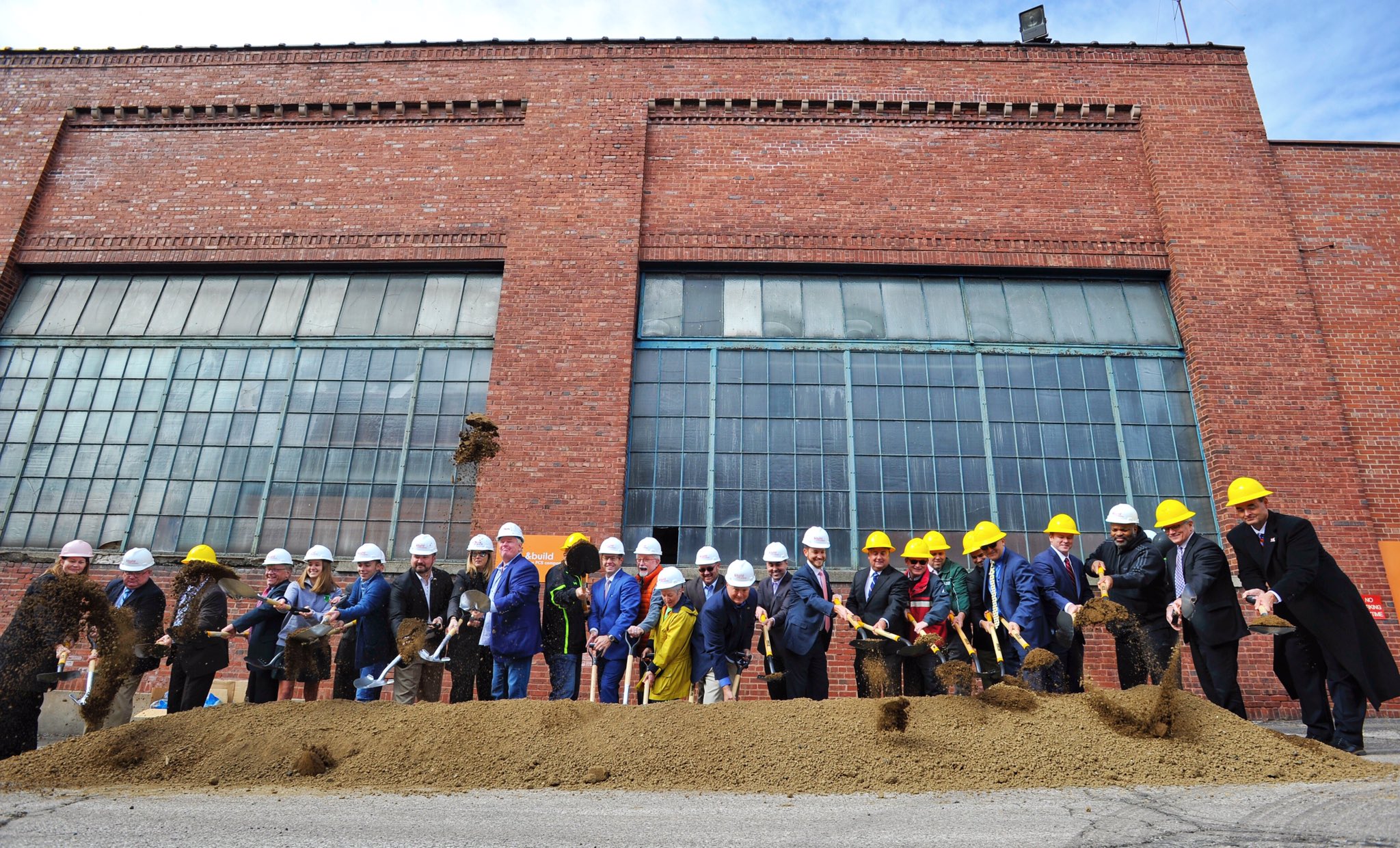Hamilton’s urban and traditional neighborhoods were built to be dynamic, walkable, and to contain a mixture of uses and densities. However, none of Hamilton’s existing zoning districts fully captured this neighborhood design. Therefore, the City of Hamilton has created a new zoning type, the Traditional Neighborhood Zoning Districts, that were created specifically for these areas. The zoning districts take into account the surrounding home’s setbacks and increase the percentage of the area of a lot that can be built on. This change will make it easier for people to build additions, add detached garages, and build new homes, which are popular projects in these neighborhoods.
The Traditional Neighborhood Zoning Districts are primarily single family zoning districts, which reflects the primary land use in Hamilton’s urban and traditional neighborhoods. However, multi-family and commercial uses are conditional uses. For more information, read the article here.





